Lead in Paint: We Are Concerned About the EPA-Lowe’s Settlement
Increasing corporate transparency and accountability would turn a negative into a positive. Will it be done?
Increasing corporate transparency and accountability would turn a negative into a positive. Will it be done?
Hear from four leaders in New Jersey about the benefits and challenges of engaging CBOs and how to find and support them.
Changing the way communities receive lead hazard reduction funds is significant, and this comment period could shape prevention efforts for years.
These changes can serve as a model to federal OSHA and other states.
By August, the House and Senate appropriations committees are expected to consider HUD’s funding needs and pass funding bills for FY25. Congress should adopt an appropriations bill that addresses the statutory and administrative barriers that have hamstrung the program.
Unleaded Kids joined 10 other organizations in asking the Consumer Products Safety Commission (CPSC) to tighten its lead standards for new paint and children’s products.
EPA ordered a property owner of an apartment complex in a renovated old factory in Connecticut to assess and clean up lead-based paint hazards after the agency determined the hazards “may present an imminent and substantial endangerment” to tenants. The agency acted pursuant to the Resource Conservation and Recovery Act (RCRA) as a backstop when the local health department lacked authority to address units where no young children lived.
Congress cut HUD’s FY24 appropriations for its Lead Hazard Reduction Grant Program by 31%, from $290 to $200 million for FY24…Making matters worse, Congress also took back $65 million appropriated in FY22 for this program that HUD had until September 30, 2024, to obligate by issuing grants to communities to clean up lead-based paint hazards.
